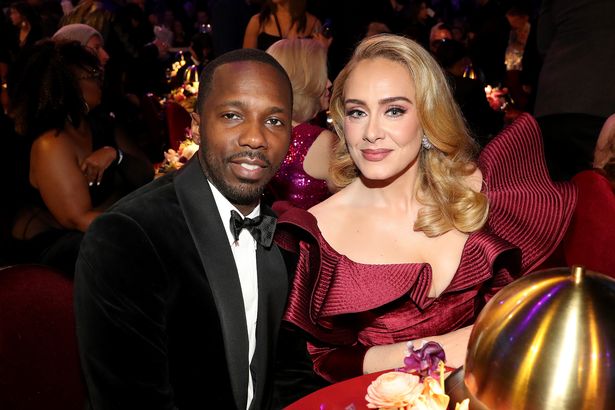When you consider Bridal attire, you immediately picture a big white ball gown…but alas this certainly is not the tradition for many around the world. From the north to the south and the east to the west, each country has its own traditional wedding outfits which hold cultural and historical significance and symbolism. Here are 7 we have been wowed by, check them out!
Table of Contents
India: The Lehenga
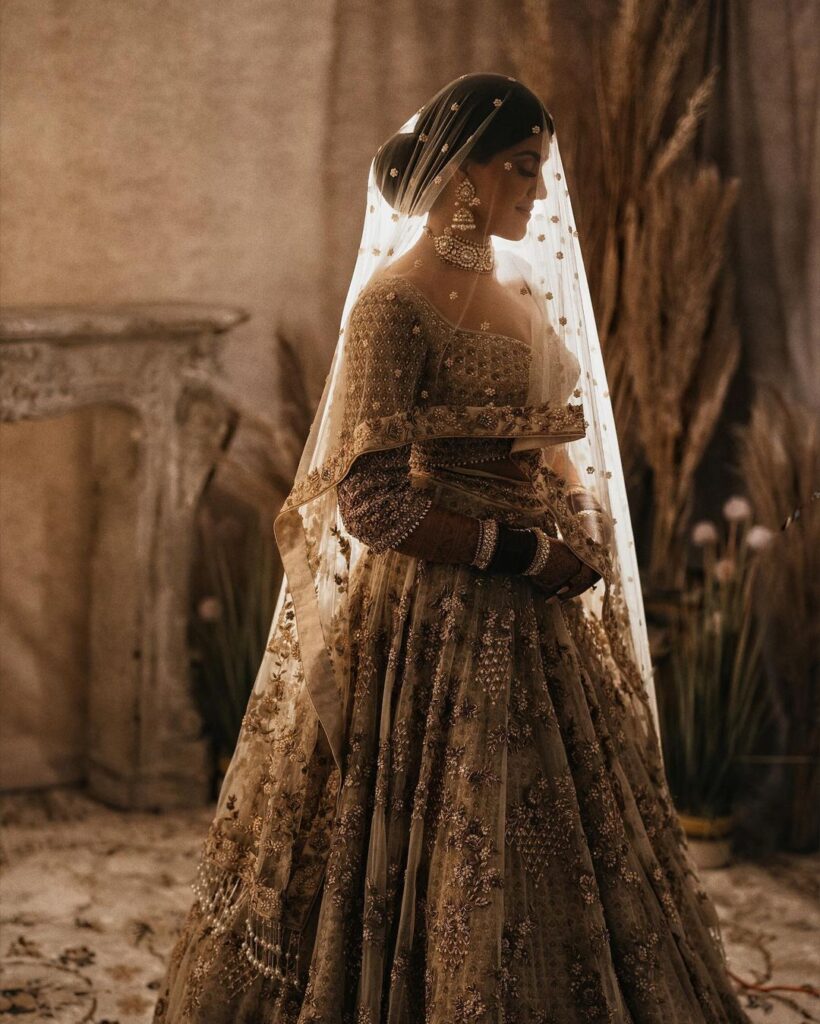
The Lehenga, a traditional wedding outfit of India, is a vibrant and elegant ensemble that exudes grace and grandeur. The outfit consists of a long skirt, often flared and embellished with intricate embroidery and embellishments, paired with a fitted blouse, called a choli, and a dupatta, a long scarf draped over the head and shoulders. The Lehenga is available in a wide range of fabrics, from rich silks to light cotton, with intricate designs and patterns that vary depending on the region of India.
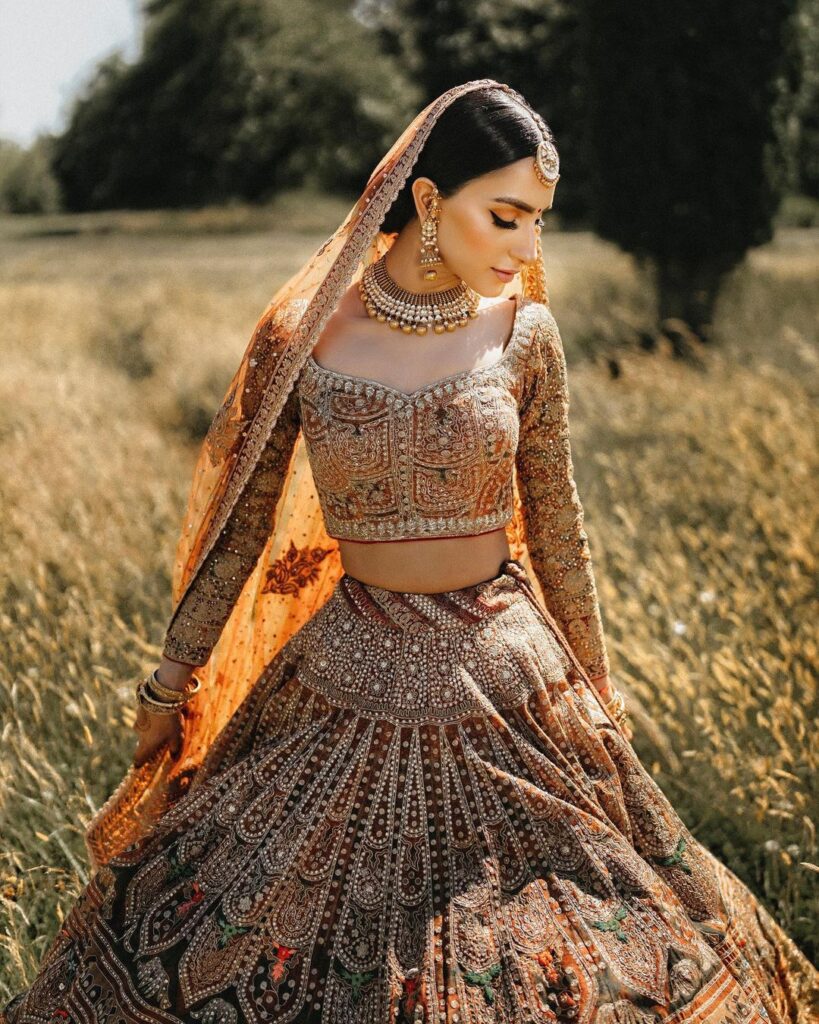
The jewelry worn with the Lehenga is also an essential part of the ensemble, with brides adorning themselves with ornate necklaces, earrings, and bangles. The Lehenga is a symbol of India’s rich cultural heritage, and the outfit is worn during weddings and other special occasions, such as festivals and religious ceremonies. With its opulent materials, intricate designs, and elegant draping, the Lehenga is a masterpiece of Indian craftsmanship and a celebrated part of the country’s cultural identity.
Africa: The Gele
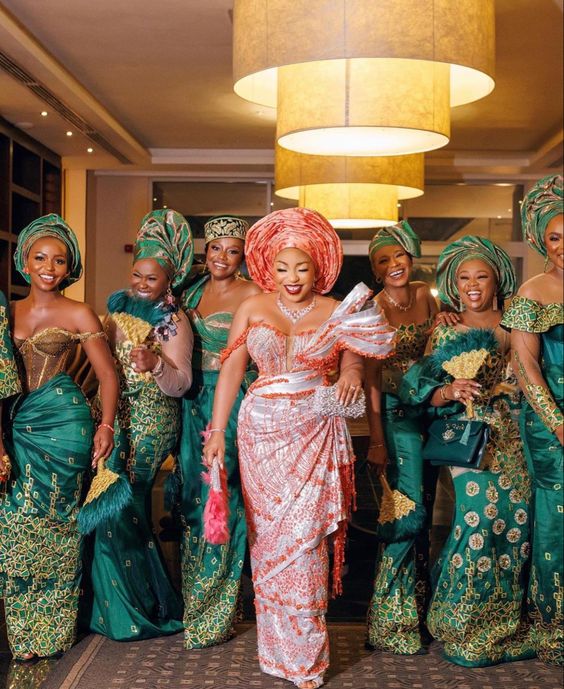
The African headdress formally known as a Gele, ties up at the crown of the head and is worn for significant occasions. Dating back to the Nubian empire and ancient Egyptians, priests, queens, kings and the wealthy would wear this formal headwear with traditional wedding outfits to reflect their social relations, power, and status. Designed in a range of different colors, textures, and patterns, each Gele has its own meaning.
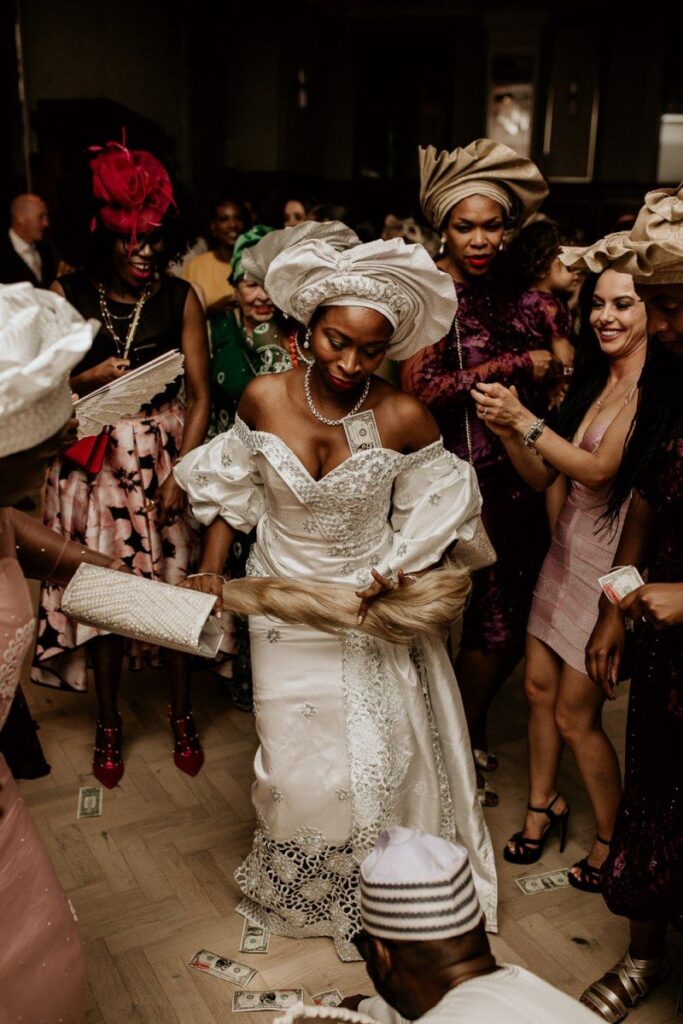
Bridal Gele will often be larger in size and made with exotic colors, worn during the engagement ceremony, traditional wedding, and reception. It is often stated that the new couple is royalty on their big day and the Gele is a crown. International Gele Stylist Taiwo Adebiyi Emmanuel is the most sought-after Gele-tying specialist in Africa! Inspired by the opportunity to “beautify women’ he entered the gele industry 6 years ago and has produced gele designs for both locals and Africa’s elite.
Japan: The Kimono
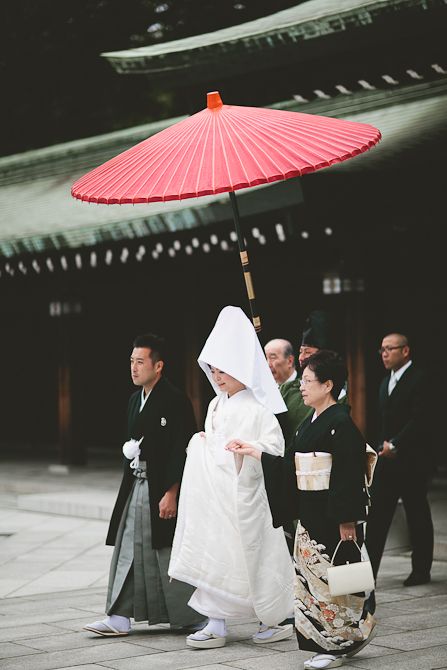
The Kimono is a traditional Japanese garment and the national dress of Japan which both Brides and Grooms wear when they wed. Introduced in the Heian period ‘the golden age’ of Japanese history, these garments hold rich significance and symbolize longevity and good fortune. The Bride may wear a Shiromuku (a pure white embroidered silk Kimono), a Hikifurisode (a Kimono with long, flowing sleeves and a padded, trailing hem), or Iro-uchikake (a colored robe, often with red as the main color, intricately embroidered in gold and silver threads). The Kimono is accessorized with elaborate headpieces called tsunokakushi (a rectangular piece of cloth) which means “hides her horns” and is said to keep jealousy away or wataboshi (a voluminous domed hat) and also a dagger which is hidden in the Brides robe to protect her family. The Groom’s Kimono is five layers, with white inner layers and a solid black outer robe, embroidered with the family crest.
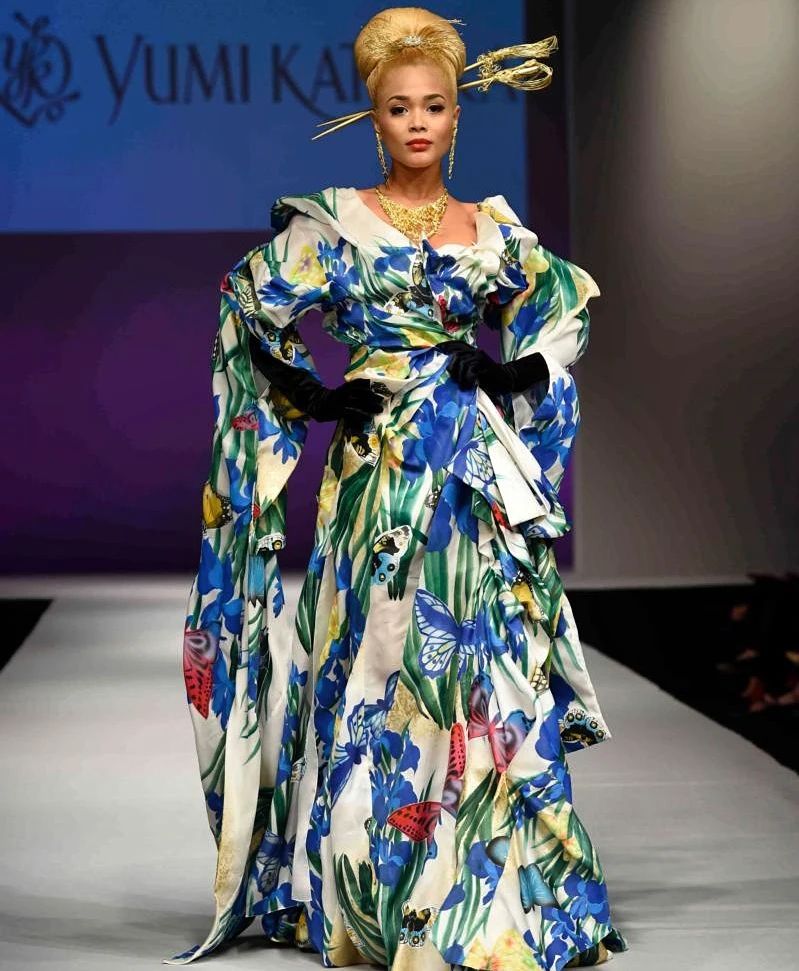
Iconic Japanese Wedding Dress Designer Yumi Katsura, has been designing for 55 years! With 80 stores globally and affluent brand history, she has transformed Japanese wedding traditions for the modern-day Bride. Since opening her first store in 1964, Katsura instilled the idea of wearing not one, but two outfits, a kimono, and a white wedding dress. She has had an immense influence on traditional Japanese Bridal Wear and after writing ‘ The Bridal Book’, she revolutionized the Japanese market for bridal fashion.
China: The Traditional Chinese Cheongsam or Qipao Dress
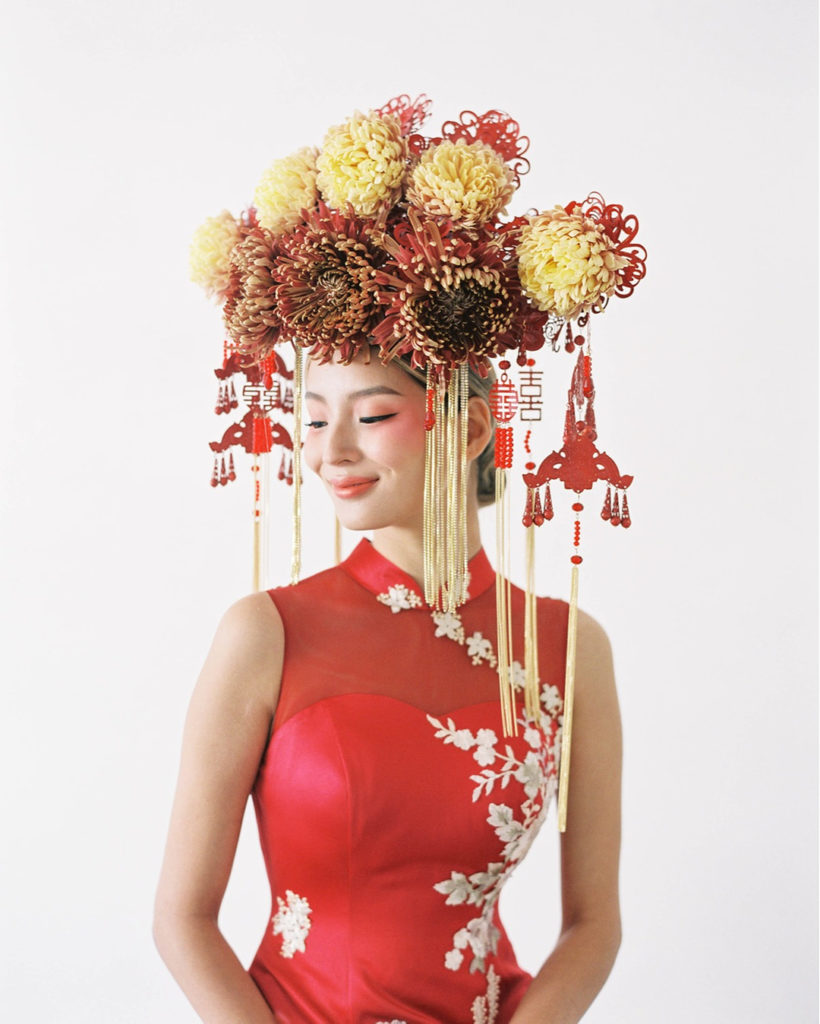
The Cheongsam/Qipao originated nearly a century ago during the Qing Dynasty in China. Designed as a modern version of the Manchu dress, this silhouette became an iconic piece of Chinese fashion honoring cultural heritage. The gown is cut in a single piece that drops to the ankles and features a slit on either side of the gown with garments worn underneath to prevent the legs from showing.
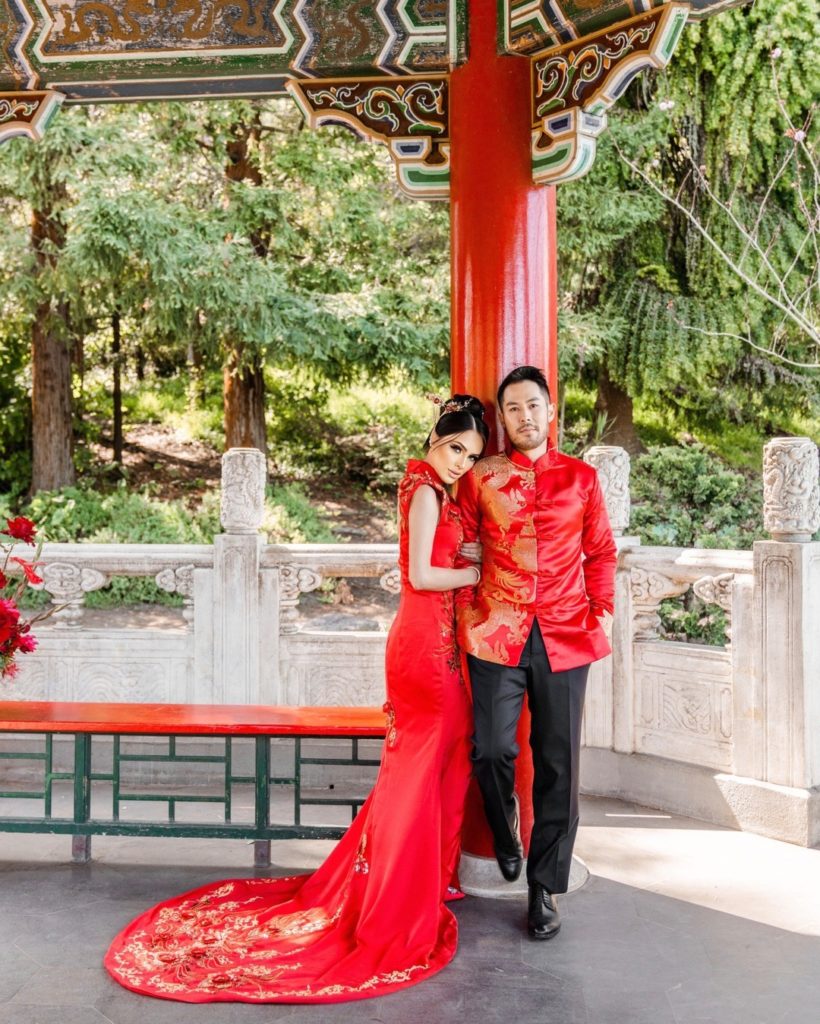
Jenn Qiao and Vivian Chan are the powerhouse duo behind the Global Chinese-American Bridal brand, East Meets Dress. Retaining traditional elements, they design high-quality, modern cheongsam inspired by a blend of Western and Eastern Silhouettes and styles.
Peru: The Peruvian Polleras
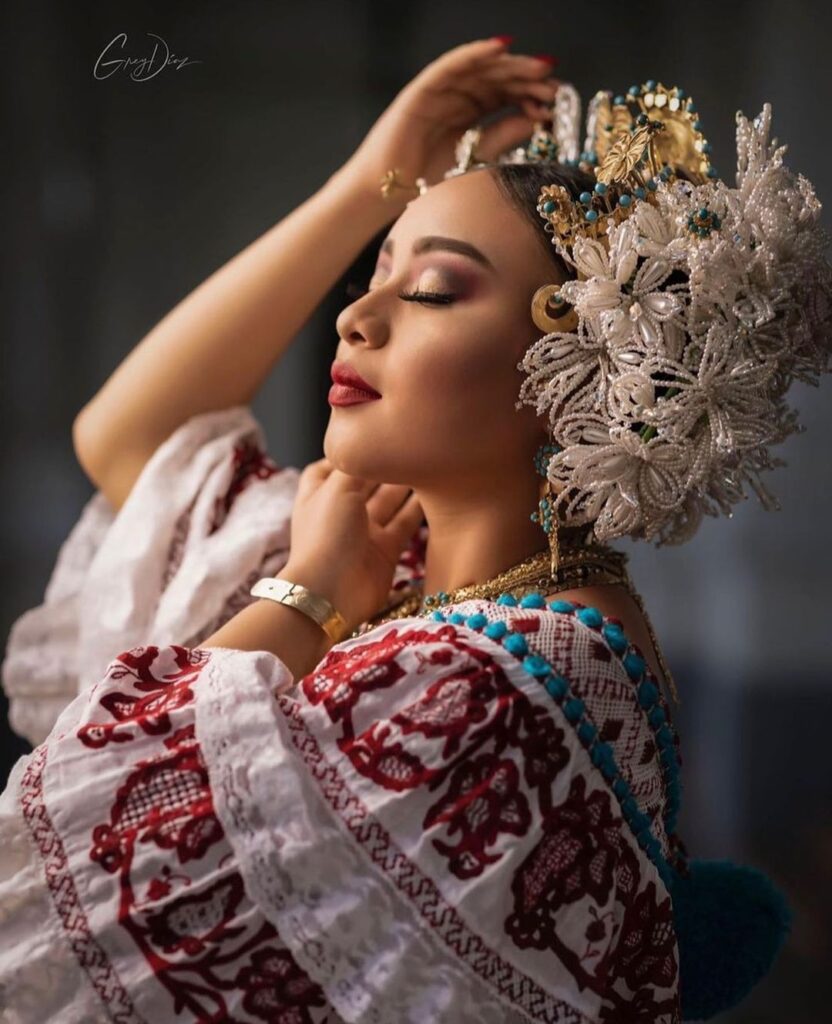
Peruvians bring out the bright and beautiful, wearing colors and eccentric patterns on their wedding day. The Pollera is worn to honor Peruvian traditions and showcases the vibrant handmade craftwork of South America. It also represents the power of the Incan Empire that once controlled the region and beyond. This traditional Andean attire features a typically black skirt made of wool. It features colored embellishments and ornate patterns hand woven throughout.
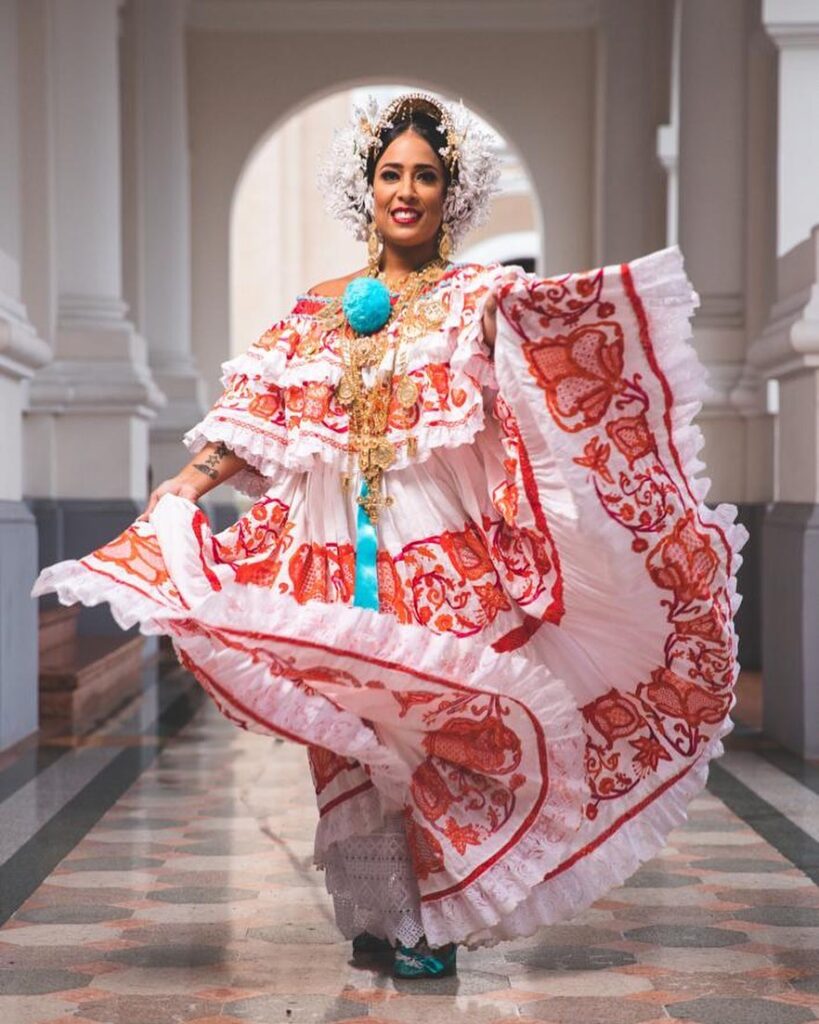
Brides wear up to 15 polleras as underskirts and compliment their cultural attire with embellished cloaks or ponchos. Brides may also wear accessories such as wide embellished hats with cloth tassels and reflective materials. Engalanatefolk creates these beautiful designs for Peruvian Brides in need of a wedding-appropriate Pollera.
Indonesia: The Kebaya
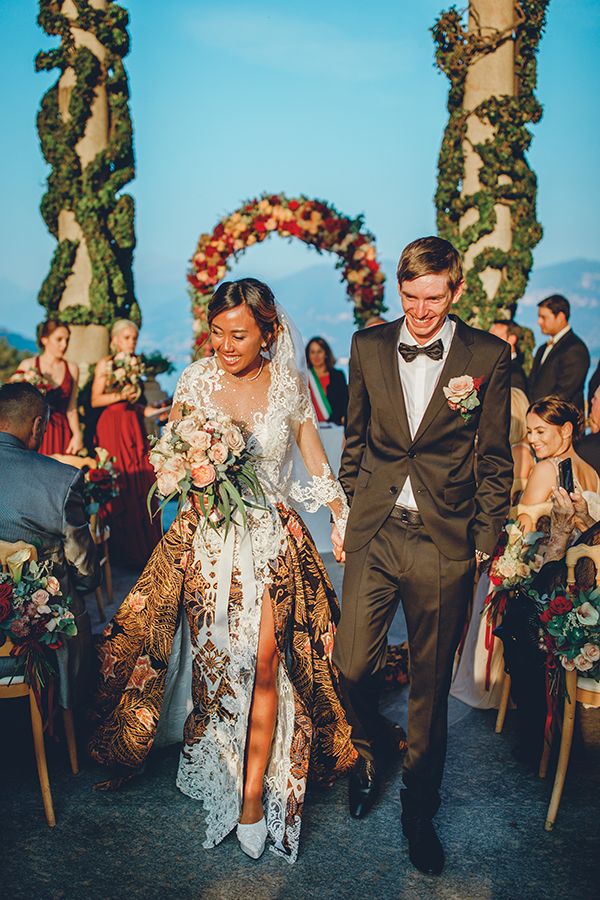
The Kebaya, a traditional wedding attire hailing from Indonesia, is a masterpiece that has been revered for generations. The form-fitting blouse, often fashioned from delicate fabrics such as lace or silk, boasts intricate embroidery and beading that is a testament to the artisanal expertise of Indonesian craftsmen. Paired with a long skirt, called a sarong, equally embellished with ornate detailing, this ensemble exudes grace and sophistication.
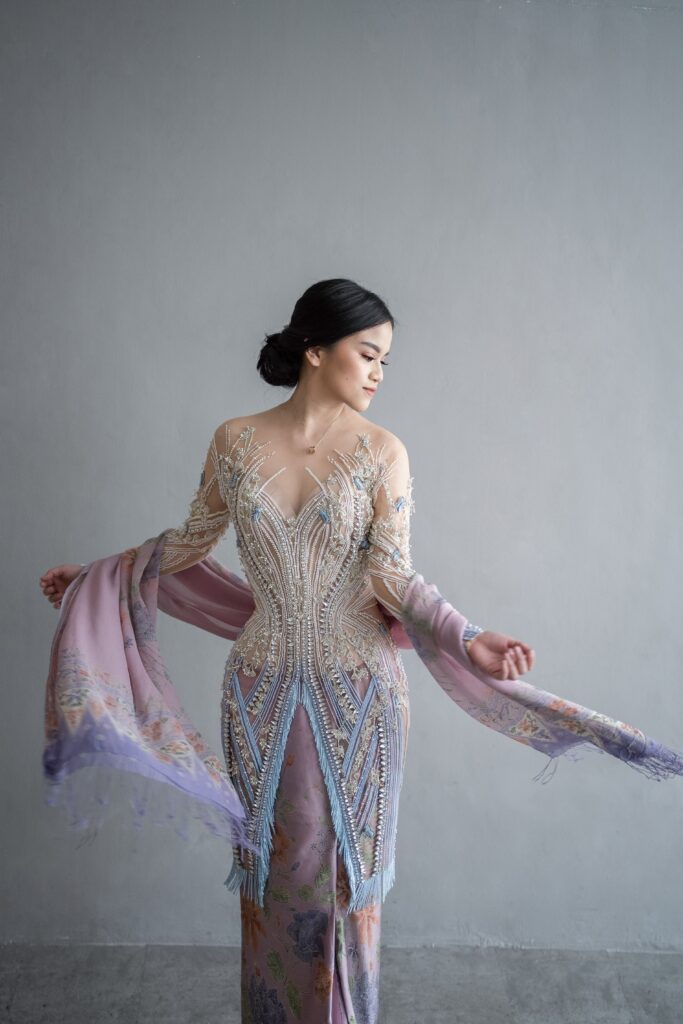
The Kebaya is often complemented by a shawl draped over the shoulders and a headpiece, bedecked with flowers or jewels. The design of the Kebaya varies by region, with each area showcasing a unique style and embroidery pattern. It is not limited to weddings but is also worn for other formal occasions, such as cultural ceremonies and festivals. The Kebaya is a cherished part of Indonesian culture, symbolizing elegance and a sense of heritage.
Bulgaria: The Saya
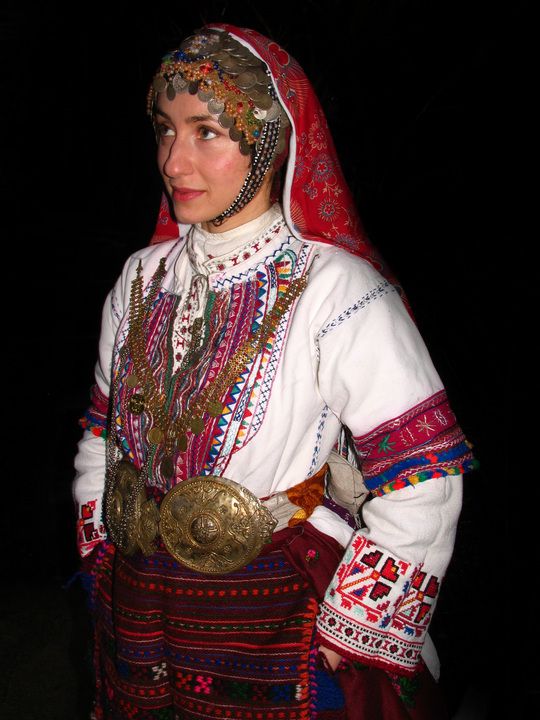
The Saya, a traditional wedding outfit hailing from Bulgaria, is a masterpiece that showcases the country’s rich cultural legacy. The dress, long and flowing, is made of opulent fabrics such as silk, satin, or velvet, while the bodice is fitted, often embroidered with intricate patterns and adorned with luxurious embellishments. The voluminous skirt of the Saya creates a majestic, regal look that befits any bride on her special day. The ensemble is further elevated by a cape or shawl and a headpiece, featuring delicate floral designs or precious stones.
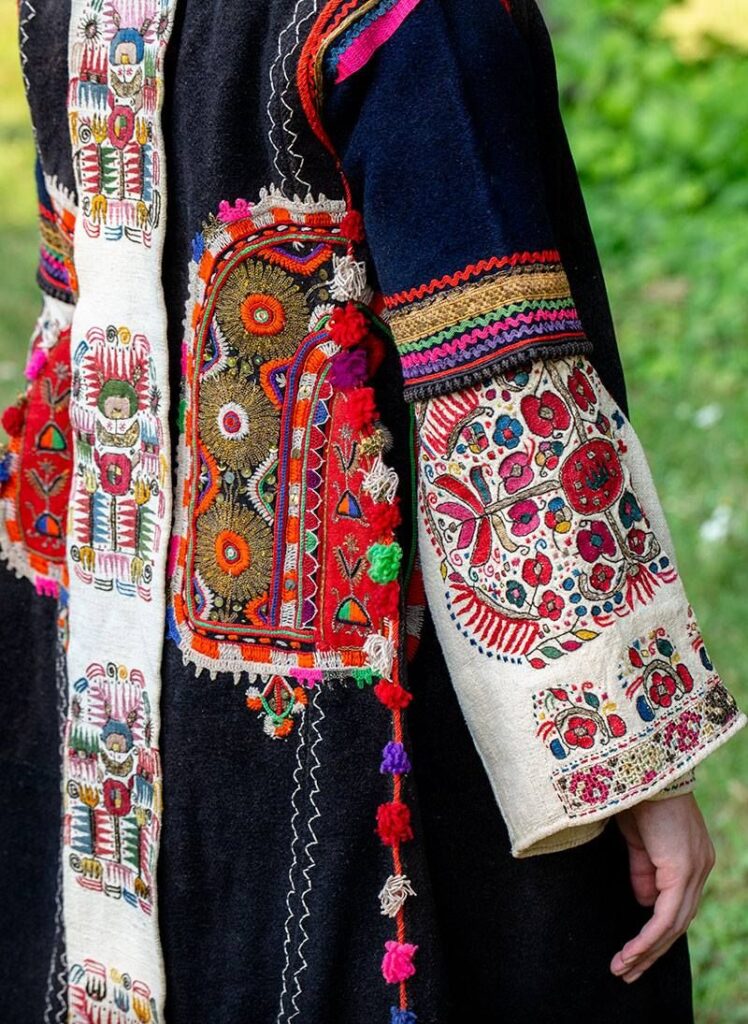
The Saya is a testament to the skills of Bulgarian artisans, who have passed on this exquisite craft from one generation to another. Worn during weddings and other special occasions such as cultural events and religious festivals, the Saya is a symbol of the country’s rich heritage. With its intricate details and luxurious materials, the Saya is a cherished part of Bulgaria’s cultural identity, transcending time and generations.

